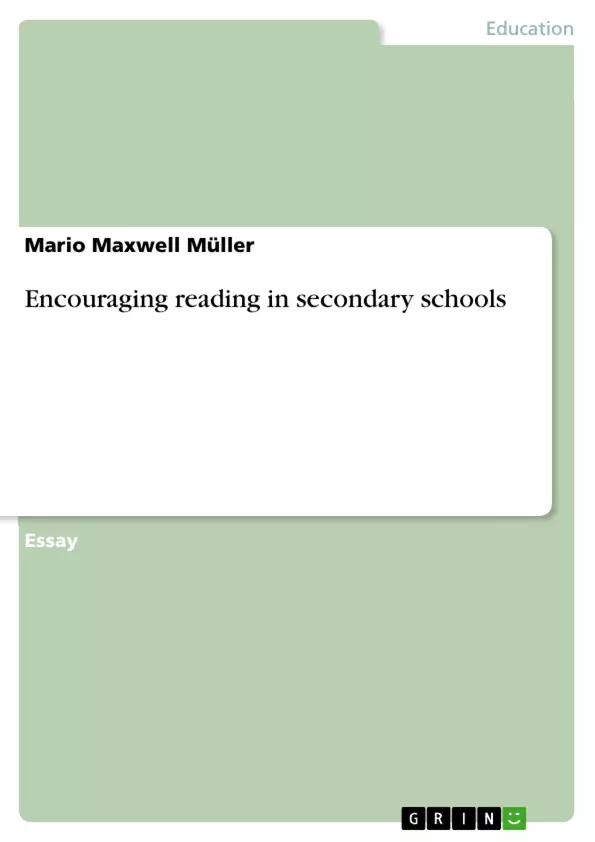This case study will introduce two strategies to be incorporated to promote literacy programs in an international school setting. Understanding the student's educational needs are important, and making adequate provision for them in the classroom can be a challenging task for most teachers. In most international schools, students are EAL students where English is their second language and not their spoken mother tongue. Getting students to read regularly and share their ideas, opinions, and insight on books they have read is important. Allowing students to reflect on their learning will encourage them to be proficient in writing utilising the vocabulary they have extended.
Inhaltsverzeichnis (Table of Contents)
- Literacy programmes in international schools a case study
- Introduction
- Differentiation is essential here and can help Shameka be on task with specific work related to her reading abilities and being able to actively participate in the classroom.
- Two strategies used to encourage students to actively engage in the lessons
Zielsetzung und Themenschwerpunkte (Objectives and Key Themes)
This case study explores two strategies to encourage reading in an international school setting, focusing on a student named Shameka who struggles with reading comprehension and classroom engagement. The study highlights the importance of differentiation in literacy instruction and presents practical approaches to support learners with diverse backgrounds and reading levels.
- Strategies for promoting literacy in international school settings
- The importance of differentiation in literacy instruction
- Supporting English as a Second Language (ESL) students in the classroom
- Encouraging active student engagement in reading activities
- The role of academic writing and conversation in promoting reading comprehension
Zusammenfassung der Kapitel (Chapter Summaries)
- Literacy programmes in international schools a case study: This chapter introduces the case study of Shameka, a student struggling to engage in reading activities in an international school setting. The chapter highlights the challenges faced by ESL students and emphasizes the need for differentiated instruction to meet their individual needs.
- Two strategies used to encourage students to actively engage in the lessons: This chapter presents two strategies for promoting reading comprehension and active engagement in the classroom. The strategies include using academic writing conversation to promote critical thinking and analysis and employing a comparative matrix to help students identify similarities and differences in texts.
Schlüsselwörter (Keywords)
This case study explores key concepts related to literacy development in international schools, including differentiated instruction, English as a Second Language (ESL), student engagement, academic writing conversation, and the comparative matrix.
- Quote paper
- Dr. Mario Maxwell Müller (Author), 2022, Encouraging reading in secondary schools, Munich, GRIN Verlag, https://www.grin.com/document/1283146



